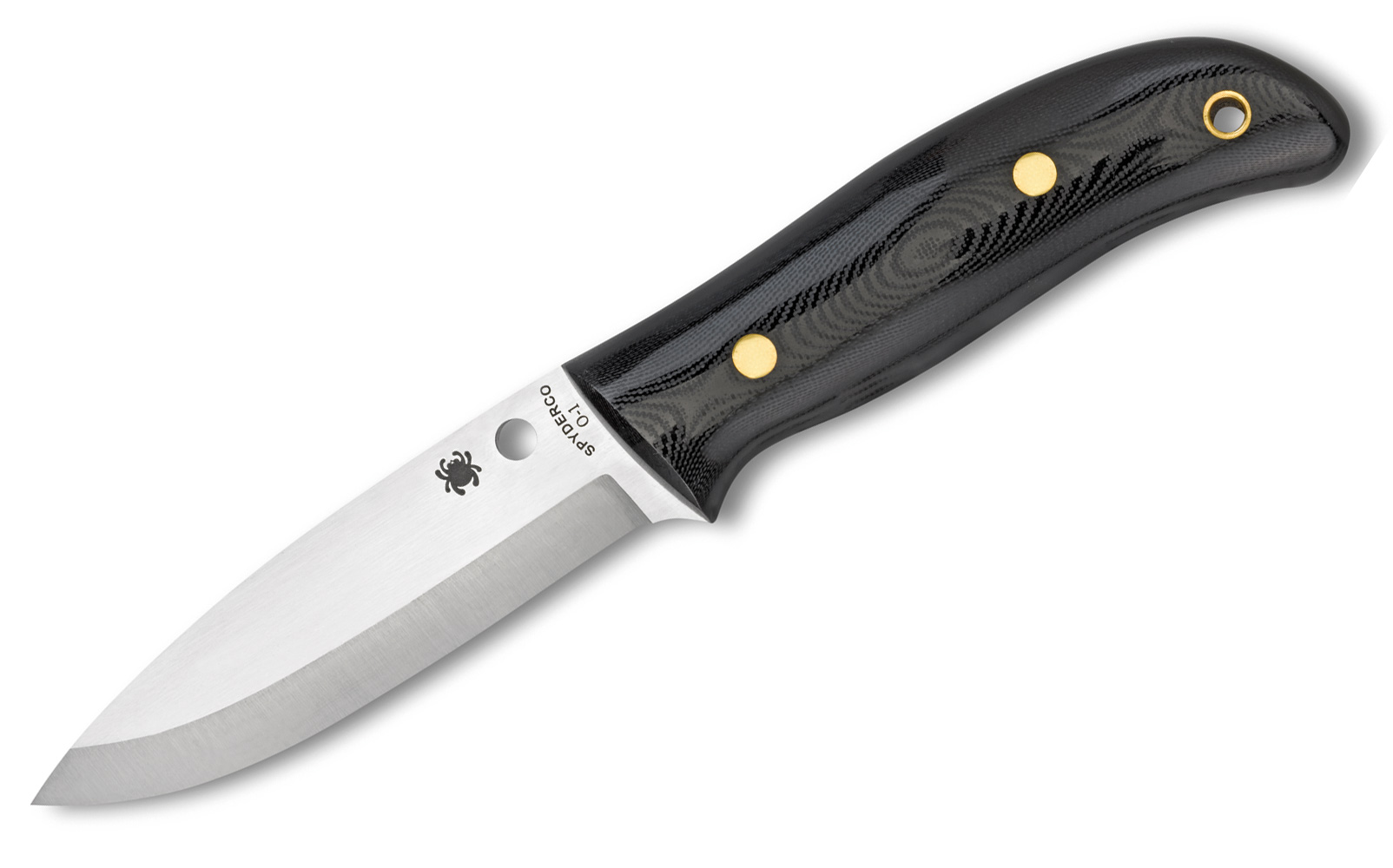- Joined
- Mar 27, 2013
- Messages
- 764
It seems to me that in the last few years knife makers (both custom and production) have found a best-selling formula of the "bushcraft" knife to sell to us outdoorsy type. The formula can be subject to slight modification but typically comes down to:
- Full Tang
- Robust Scandinavian grind or
- 4-5" inches in blade length
- 1/8" thick
- Carbon Steel
- Well contoured handles
- Sheathes with extras like ferro rods, sharpeners, other blades, drop loops, or small kit pouches.
In no way am I trying to discredit makers that produce knives like this, they are quite popular for a reason and business is business. Anyway, my question to you all is; what do you out-doorsy folks think of these knives? Are they a gimmick, a well chosen trend, or what? Do you carry one of these textbook bush craft knives? For context what sort of activities do you you do outdoors? Hunting, primitive camping, car camping, backpacking, ect.
For example, I do a lot of primitive camping/bushcraft and the occasional hunt but rarely want the heft of a designed bushcraft knife and find myself going for something more narrow for finer chores, thinner behind the edge, stick tang, and with a very simple sheath. Most "bushcraft" knives are much too aimed at batoning for someone like myself that carries a larger knife and only uses my smaller one for very fine carving and food prep.
- Full Tang
- Robust Scandinavian grind or
- 4-5" inches in blade length
- 1/8" thick
- Carbon Steel
- Well contoured handles
- Sheathes with extras like ferro rods, sharpeners, other blades, drop loops, or small kit pouches.
In no way am I trying to discredit makers that produce knives like this, they are quite popular for a reason and business is business. Anyway, my question to you all is; what do you out-doorsy folks think of these knives? Are they a gimmick, a well chosen trend, or what? Do you carry one of these textbook bush craft knives? For context what sort of activities do you you do outdoors? Hunting, primitive camping, car camping, backpacking, ect.
For example, I do a lot of primitive camping/bushcraft and the occasional hunt but rarely want the heft of a designed bushcraft knife and find myself going for something more narrow for finer chores, thinner behind the edge, stick tang, and with a very simple sheath. Most "bushcraft" knives are much too aimed at batoning for someone like myself that carries a larger knife and only uses my smaller one for very fine carving and food prep.
Last edited:








![bark-river-bushcrafter-green-canvas-micarta-[3]-20534-p.jpg](/proxy.php?image=http%3A%2F%2Fwww.thebushcraftstore.co.uk%2Fekmps%2Fshops%2Fbduimportsltd%2Fimages%2Fbark-river-bushcrafter-green-canvas-micarta-%5B3%5D-20534-p.jpg&hash=cf87afa0def6c947a3caf4d7771afd11)

